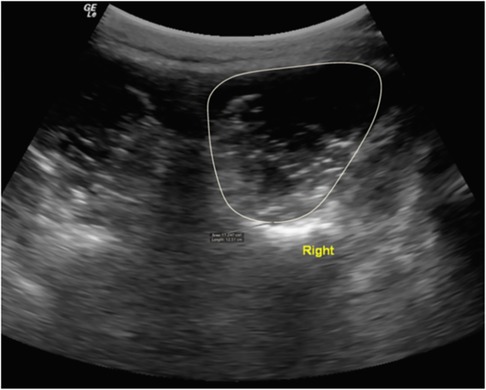2023-12-13 カナダ・コンコーディア大学
◆男女134人のアスリートを対象に超音波とDEXAスキャンを実施し、LM特性と体組成の関連性を評価。女性ホッケープレイヤーが他の競技者よりも大きなLMを持つことが判明。また、高い体脂肪率がLMの機能低下と関連していることが示唆されました。研究は高レベルなアスリートを対象に行われましたが、将来的な応用に期待が寄せられています。
<関連情報>
- https://www.concordia.ca/news/stories/2023/12/13/a-spinal-muscles-size-and-shape-is-linked-to-body-fat-according-to-new-concordia-research.html
- https://www.frontiersin.org/articles/10.3389/fmscd.2023.1235114/full
大学レベルのアスリートにおける腰椎多裂筋の特徴と体組成
Lumbar multifidus characteristics and body composition in university level athletes
Meagan Anstruther, Amanda Rizk, Stephane Frenette, Maryse Fortin
Frontiers Musculoskeletal Disorders Published:30 November 2023
DOI:https://doi.org/10.3389/fmscd.2023.1235114

.Introduction: Body composition is well known to affect sport performance and previous studies suggested that structural and functional lumbar multifidus (LM) impairments in athletes were associated with low back pain and lower leg injuries. However few studies have examined the relationship between LM characteristics and body composition in athletic populations.
Methods: This cross-sectional study included a total of 134 university varsity athletes (hockey, soccer, rugby, and football players). Ultrasound imaging was used to examined LM characteristics at the L5 bilaterally [e.g., size, thickness at rest, thickness during contraction, echo-intensity (EI) and % thickness change from rest to contraction] and body composition parameters (dual-energy x-ray absorptiometry). Pearson correlations were used to assess the relationship between LM characteristics and body composition parameters. One-way ANOVA assessed differences in LM characteristics and body composition between sports. All analyses were performed separately by sex.
Results: LM size and thickness were positively correlated with weight, height, lean body mass and total bone mass (male: r = 0.23–0.55, p < 0.01–0.05; female: r = 0.30–0.39, p < 0.01–0.05). LM EI was strongly correlated with % body fat (male: r = 0.62, female: r = 0.71, p < 0.01). LM thickness at rest (r = 0.42, p < 0.01) and contracted (r = 0.27, p < 0.05) were positively correlated and % thickness change was negatively correlated with % body fat in male athletes (r = -0.43, p < 0.01).
Discussion: The significant differences in body composition and LM characteristics between sports may be attributed to sport specific demands. Understanding connections between body composition and LM may aid in preseason screening for athletes at risk of low back pain or lower leg injuries during the season.


